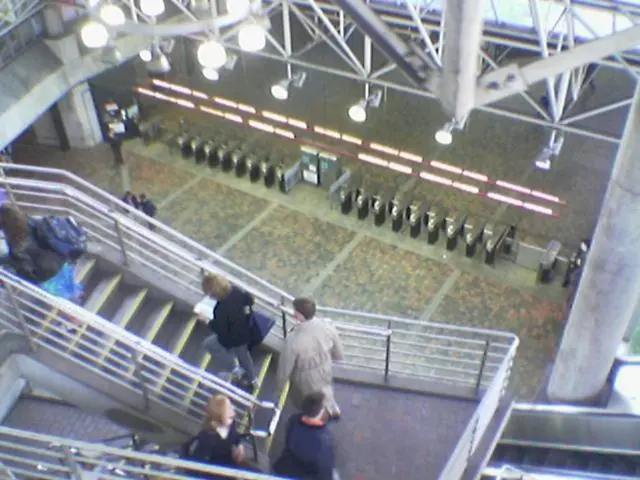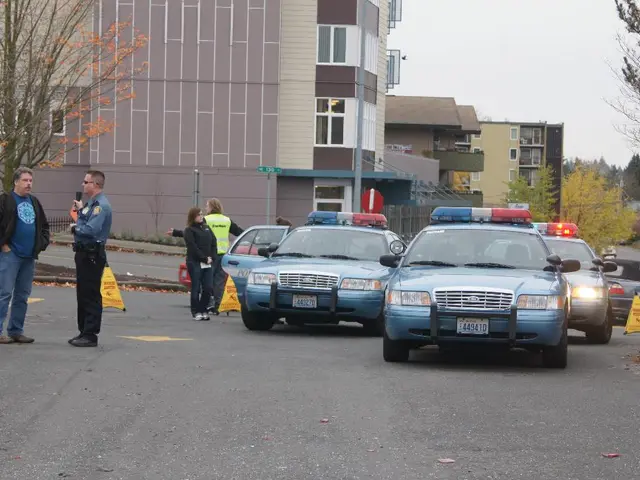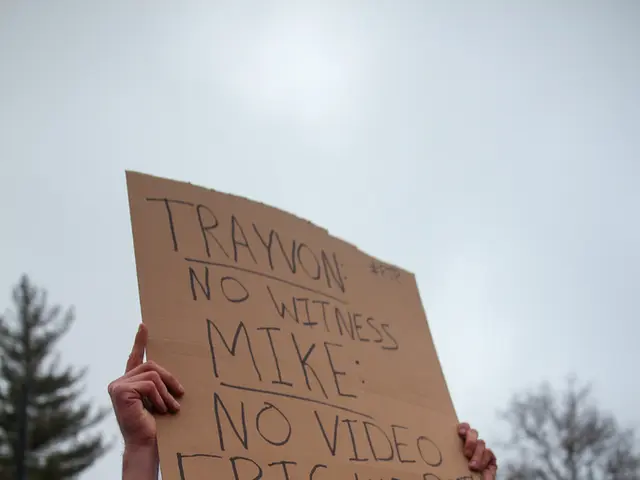The Secret Service: A Brief Overview
The United States Secret Service is a well-established federal law enforcement agency that has been around since 1865. Its initial purpose was to combat counterfeiting, but its roles and responsibilities have expanded significantly over time.
Throughout its history, the Secret Service has played a crucial part in various events, from protecting presidents and presidential candidates to combating cybercrimes and uncovering fraudulent activities.
Early Days and Expansion (1865-1901)
The Secret Service was established on July 5, 1865, as a unit within the Department of the Treasury, tasked with suppressing counterfeiting. Over the years, its responsibilities were broadened to include investigating crimes such as mail theft, land fraud, and even detecting individuals perpetrating frauds against the government.
Presidential Protection (1901-Present)
The Secret Service's most notable shift in role occurred in 1901, when it began offering protection to U.S. presidents and presidential candidates. This change in duty came to light following an assassination attempt on President William McKinley, which led to the Secret Service overseeing the security of future presidents.
Female Special Agents (1917-Present)
Non-official female special agent Florence Bolan joined the Secret Service in 1917 and, after being promoted to operative in 1924, performed various tasks related to the agency. Her presence and contributions paved the way for future female special agents to join the service.
Notable Incidents and Developments (1950s-1980s)
Two notable incidents from this period include the 1950 assassination attempt on President Harry S. Truman at Blair House, which resulted in the death of Secret Service agent Leslie Coffelt, and the 1981 shooting of President Ronald Reagan, which left Special Agent Timothy McCarthy fatally wounded.
Cybersecurity and Computer Crimes (1990s-Present)
As technology advanced, so too did the scope of the Secret Service's work. In the 1990s, the agency started focusing on combating malicious hackers and conducted various undercover operations to address cybercrimes. Today, the Secret Service has a concurrent jurisdiction with the FBI for certain federal computer crime laws, and it operates 24 Electronic Crimes Task Forces (ECTFs) throughout the United States.
National Special Security Events (1998-Present)
In 1998, President Bill Clinton signed Presidential Decision Directive 62, which established National Special Security Events (NSSEs) and assigned the Secret Service responsibility for security at designated events.
Modern Developments (2020s-Present)
During the COVID-19 pandemic, the Secret Service was involved in Operation Stolen Promise, targeting cybercrimes related to relief funds. The agency was able to seize over $1.2 billion in relief funds by the end of 2021.
However, the Secret Service has also faced scrutiny in recent years, such as during a peaceful protest outside Lafayette Square in 2020, where it advanced before U.S. Park Police gave dispersal warnings, escalating tensions and leading to the use of pepper spray.
In 2022, four Secret Service agents were put on leave after allegedly accepting lavish gifts and bribes from two men posing as federal officers.
The Secret Service will continue to evolve and adapt as the world and its challenges progress, ensuring the safety and wellbeing of the U.S. president and other notable figures.
Additional References:
Webpages
Books
- Dorwart, A., & Barber, S. (2011). The Secret Service: The Hidden History of the Nation's Elite Law Enforcement Agency. Potomac Books.
- Cohen, M., & Barrett, A. (2007). Protect and Defend: The U.S. Secret Service and the Presidency. Oxford University Press.
Enrichment Data:
The United States Secret Service has a rich and diverse history, marked by significant events and developments. Here are some key historical events and developments:
- Establishment and Early Years (1865):
- The Secret Service was established on July 5, 1865, in Washington, D.C., with the mission of suppressing counterfeiting. It was initially part of the Department of the Treasury[1].
- Expansion of Responsibilities (1867):
- In 1867, the Secret Service's responsibilities were broadened to include detecting persons perpetrating frauds against the government, investigating the Ku Klux Klan, illegal distillers, smugglers, mail theft, and land fraud[1].
- Protection of U.S. Presidents (1901):
- The agency began protecting U.S. presidents and presidential candidates in 1901, marking a significant shift in its role from primarily focusing on counterfeiting to presidential protection[1].
- Female Special Agents (1917):
- Florence Bolan, the first unofficial female special agent, joined the service in 1917. She was promoted to operative in 1924 and performed various duties, including searching female prisoners and engaging in occasional fieldwork[1].
- Assassination Attempts and Incidents (1950s-1980s):
- In 1950, two Puerto Rican nationalists attempted to assassinate President Harry S. Truman at Blair House. Private Leslie Coffelt was mortally wounded while defending the president, and he remains the only member of the Secret Service killed while protecting a U.S. president[1].
- In 1981, Special Agent Tim McCarthy took a bullet to the chest while protecting President Ronald Reagan during an assassination attempt[1].
- Cybersecurity and Computer Crimes (1990s):
- The Secret Service initiated Operation Sundevil in 1990, which aimed to combat malicious hackers but ultimately led to no convictions and significant backlash. The agency also ran an undercover sting called Operation Cybersnare in 1994 and 1995[1].
- The Secret Service has concurrent jurisdiction with the FBI over certain violations of federal computer crime laws and has created 24 Electronic Crimes Task Forces (ECTFs) across the United States[1].
- National Special Security Events (NSSE) (1998):
- President Bill Clinton signed Presidential Decision Directive 62 in 1998, which established NSSEs and made the Secret Service responsible for security at designated events[1].
- Modern Developments (2020s):
- During the COVID-19 pandemic, the Secret Service was involved in "Operation Stolen Promise," which targeted COVID-19 related fraud. The agency was able to seize over $1.2 billion in relief funds by the end of 2021[1].
- In 2020, the Secret Service faced controversy during a peaceful protest outside Lafayette Square, where they advanced before U.S. Park Police gave dispersal warnings, leading to increased tensions and the use of pepper spray[1].
- In 2022, four Secret Service agents were placed on leave after accepting lavish gifts and bribes from two men impersonating federal officers[1].
- In 2024, Secret Service agents protecting former President Donald Trump shot and killed Thomas Matthew Crooks during an assassination attempt at a campaign rally in Butler, Pennsylvania. This incident led to the resignation of Director Kimberly Cheatle[1].
These events highlight the evolution of the Secret Service from its early days combating counterfeiting to its current role in protecting the president, investigating cybercrimes, and managing national security events.








